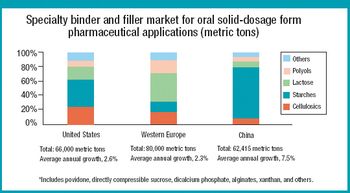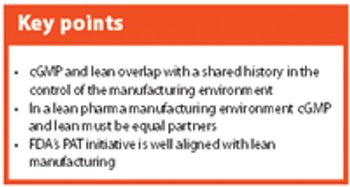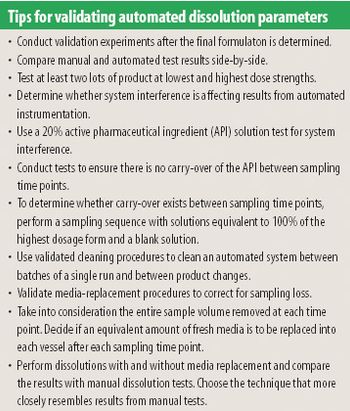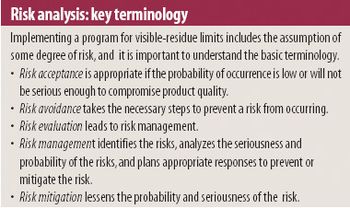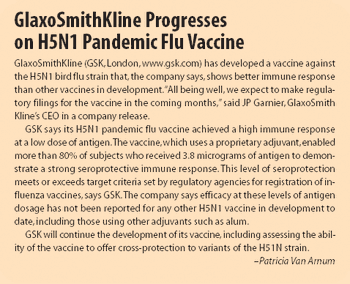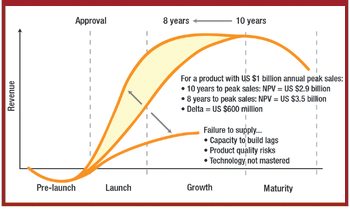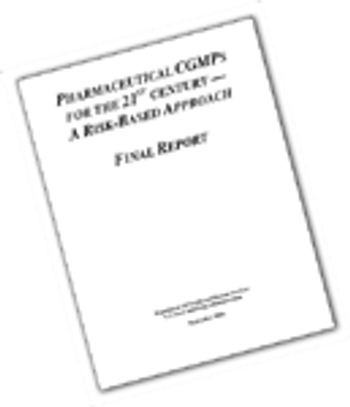
Rockville, MD (Sept. 28)-The US Food and Drug Administration has withdrawn three guidances for industry: ?Providing Submissions in Electronic Format?NDAs? (e-NDA), ?Providing Regulatory Submissions in Electronic Format?ANDAs? (e-ANDA), and ?Providing Regulatory Submissions in Electronic Format: Annual Reports for NDAs and ANDAs.? These documents all recommend submitting information as portable document files (PDFs) or as SAS transport files.
